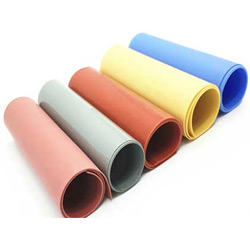Rubber adhesives and sealants are very flexible materials that are used to join parts or fill gaps between seams or on surfaces. They protect different materials using rubber-based substances. There is a minor difference between rubber sealants and rubber adhesives. While adhesive is used to create a bond between two different or similar materials, sealant is used to create an impenetrable barrier to gas or moisture. Rubber adhesives sealants are available as aerosols, sprays, films, gels, liquids, slurries, solids, pastes, powders, and putties.

